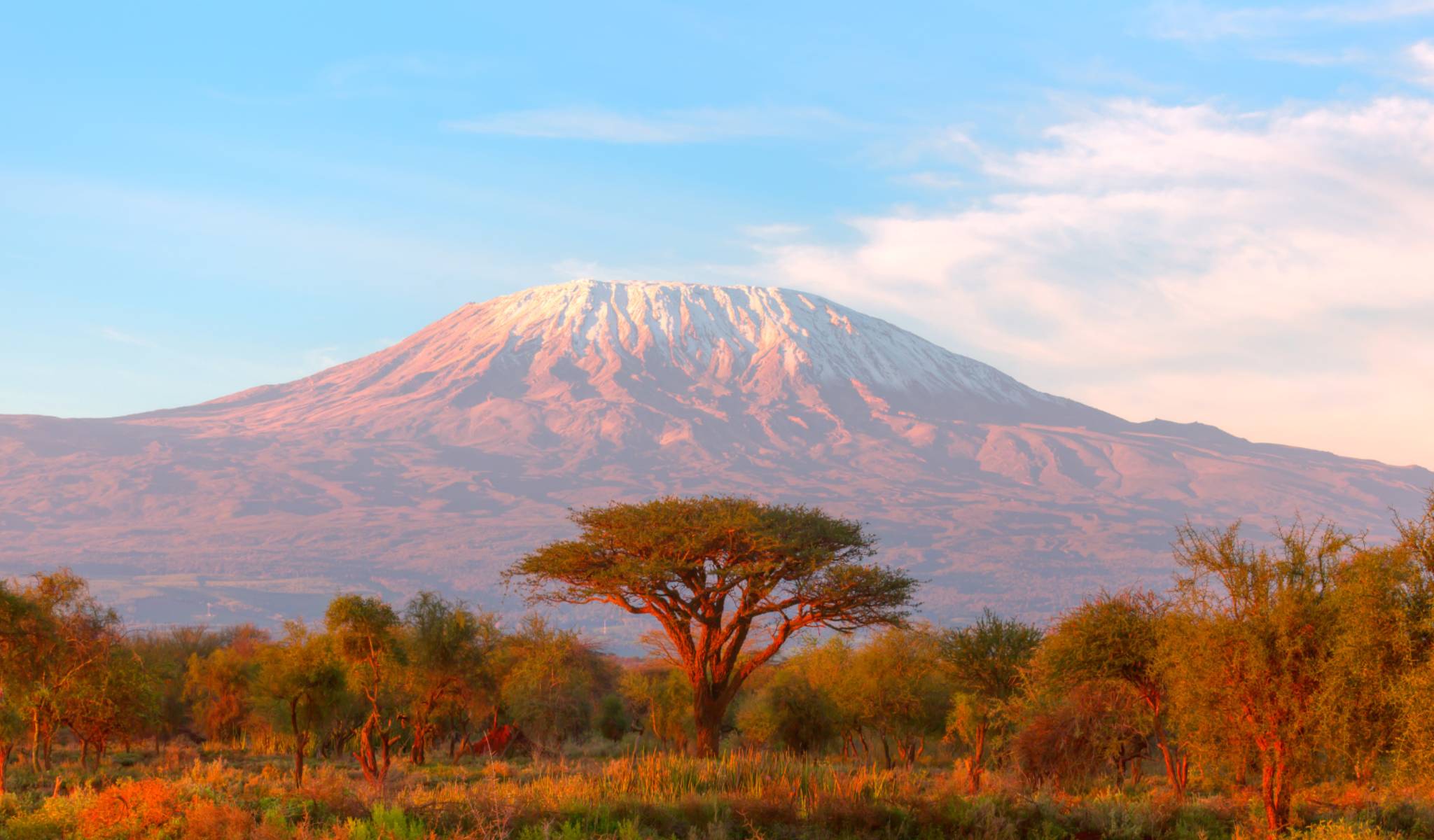After being bashed in an alcohol-fueled gang attack and having a stroke at 25, I felt like I had completely lost my mojo and didn’t know if I would be able to walk up a set of stairs anymore, let alone travel around the world, but I figured there was one way to find out…
Get out there and give it a crack!
After getting back on my feet after some pretty grueling rehabilitation, I wanted to live my life and experience cool things even though I was now a person with a disability. I just didn’t know if I could. A youth leadership group my sister was involved with—YLead—took annual trips to Tanzania to climb Mount Kilimanjaro, so I wanted to test myself to see how far I could go with a disability and with my mojo stocks close to zero. I was reasonably fit (I was an AFL footballer back in the day—I played one season with the Sydney Swans and was captain at the Pennant Hills Demons), so I felt I had the endurance to do it. My little sister and a mate from the Demons were coming with me, so I knew I had the support. It was just a question of my abilities and how limiting they would be to my physical functioning.
In the lead-up to the climb, I was quite chuffed as I felt myself starting to think like a person with a disability. I wasn’t wasting time worrying about the superficial things in life, like what people thought of me, whether my backpack would match the color of my pants, and whether our hotel had a pool. I was just controlling the controllable: walking up hills with a heavy backpack, drinking liters of water every day, and even going with my mate to a high-altitude gym to make sure we could handle the altitude.
With everything seeming ready to take on the climb, we took off for Africa to try and climb Mount Kilimanjaro. Staying in Tanzania before the climb, we were told to keep our eyes open for scammers—people trying to rip us off in the streets—but that was something I wasn’t prepared for as one of the challenges as a person with a disability. While our group was in town, I was approached by a local boy offering me a bottle of water. He said to follow him down a little back road, and I ignorantly started trotting off after him. Thankfully, our tour leader yelled out and told me to come back. The local boy wasn’t very happy, and there were some heated words thrown at each other, but eventually everything calmed down, and my tour leader told me that particular kid was a notorious scoundrel who tried to rip off tourists as much as possible.
With that crisis averted, it was time to make our climb.
Mount Kilimanjaro is basically a long walk up a steep hill. There were some challenges with not being able to see down because of my disability, which made walking on loose rocks interesting, but most of the terrain was on well-worn paths, so it was mostly achievable—especially with the help of my little sister as my expert guide.
The push to the summit was the hard part. We had to scale a dormant volcano in the middle of the night on loose rocks. I don’t think I have ever sworn so much in my life in the frustration of falling and getting back up so often!
At the edge of the volcano, my porter advised me not to make the push to the summit as it was a slippery, icy path sloping into the void of the volcano, so my climb was done. I had made it as far as I could, to the top of Mount Kilimanjaro as a person with a disability
As I posed for a photo with my sister and my mate, I could feel my mojo flowing back into my body. It was such an empowering moment in my life and one that proved to me that people with disabilities can try whatever the hell they want!
Barnaby Howarth


Congratulations on conquering your disability and climbing Kilimanjaro
Thanks so much Patty
Just amazing. I can feel that emotion you had flowing through me as I read this. Thanks for writing this.